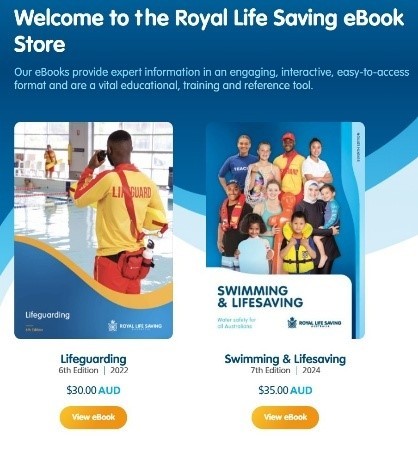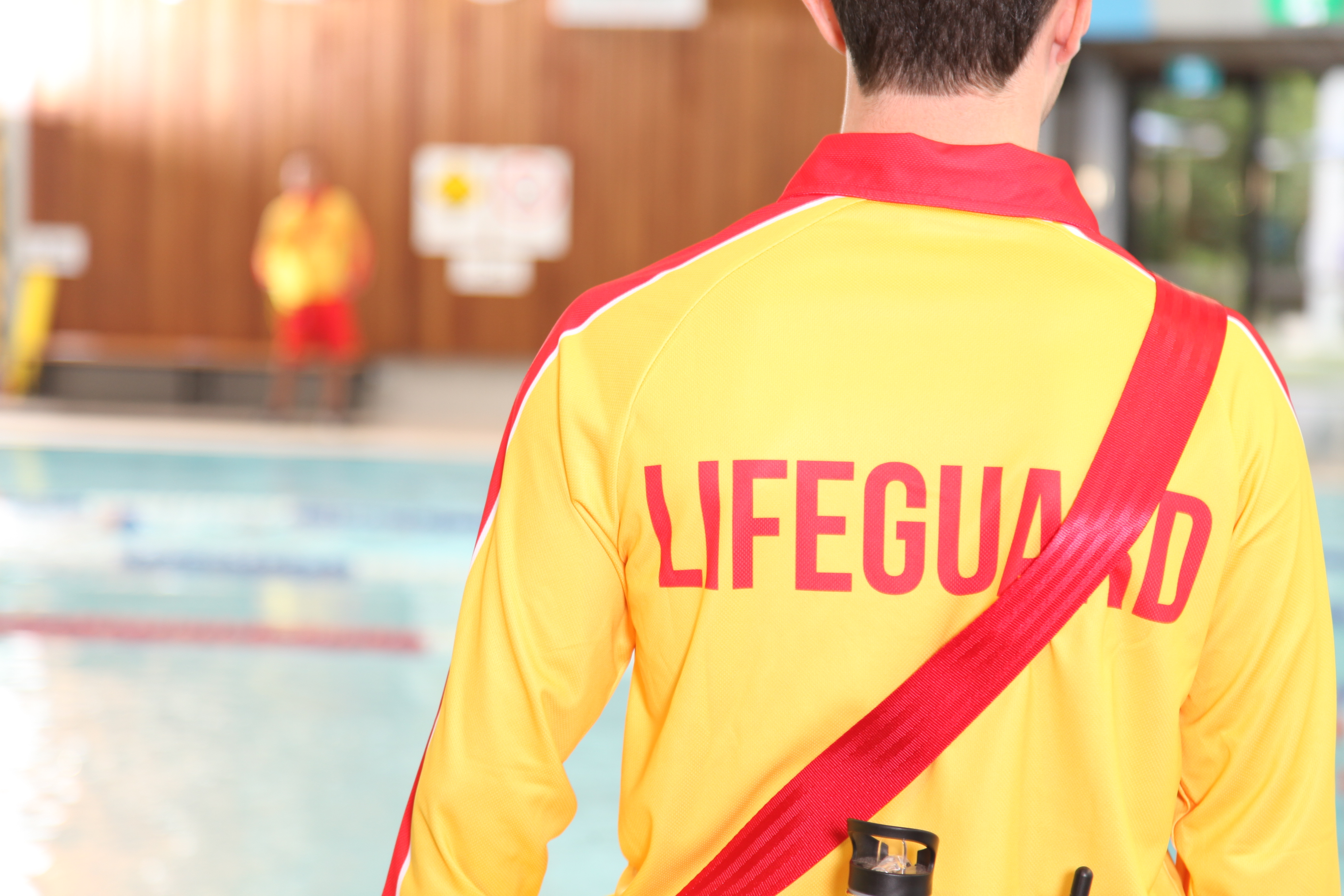Published 3 June 2025
Royal Life Saving Australia is pleased to announce the release of an updated version of our flagship Lifeguarding Manual, Sixth Edition.
The updated resource includes enhancements that reflect learnings from recent drowning incidents, coronial recommendations, insights from aquatic facility safety assessments, and the implementation of emerging drowning detection technologies at aquatic facilities.
Key Updates Include:
- Enhanced technical guidance on scanning strategies, clarifying their purpose and underpinning tactics to maximise coverage and concentration. There is updated information on techniques around scanning and eye movements, roving patrols, posture, as well as managing fatigue, distractions, rotations and breaks.
- New and updated material on understanding and overcoming visibility barriers such as glare, reflection and turbidity.
- New information on the use of Lifeguard assisted technologies, such as camera-based drowning detection systems, in relation to risk management, supervision planning and strategies, communication protocols, and rescue procedures.
- Expanded step-by-step instructions for wade rescues, accompanied rescues, and patient immobilisation
- Updated statistical and visual data on public pool drowning deaths and incidents to support evidence-based practice.
- Updated fitness requirements and clarification of physical assessment tasks for lifeguard candidates.
- Clarifying information on the background of the RLSSA Pool Lifeguard Award, including the nationally recognised skill set and units of competency
Speaking of the update, Royal Life Saving Australia National Manager – Training & Workforce Development Shaun Jackson said that pool lifeguard is a demanding role that requires sustained concentration.
“This updated guidance assists pool lifeguards and aquatic facility managers in applying best-practice techniques across a range of areas with a particular focus on scanning strategies, visibility barriers, and effectively managing concentration, fatigue, rotations and breaks,” said Mr Jackson.
“The Manual, alongside the Guidelines for Safe Pool Operations (GSPO), continues to be a vital resource in supporting the goals of the Australian Water Safety Strategy in expanding research into lifeguard supervision and strengthening lifeguard training and professional development.”

The changes are now live in both the digital eBook and hardcopy versions.
For those interested in the eBook version, this can be purchased directly from the RLSSA eBook webpage, with immediate access through the VitalSource Bookshelf platform.
The eBook manual can be accessed on any device and offline through the VitalSource Bookshelf app. Those who have purchased an earlier version of the eBook will be prompted to download the updated version.
Royal Life Saving encourages trainers, aquatic facility managers, lifeguards, duty managers and other operations staff to review the updated manual and ensure local policies and training practices align with the latest guidance.

